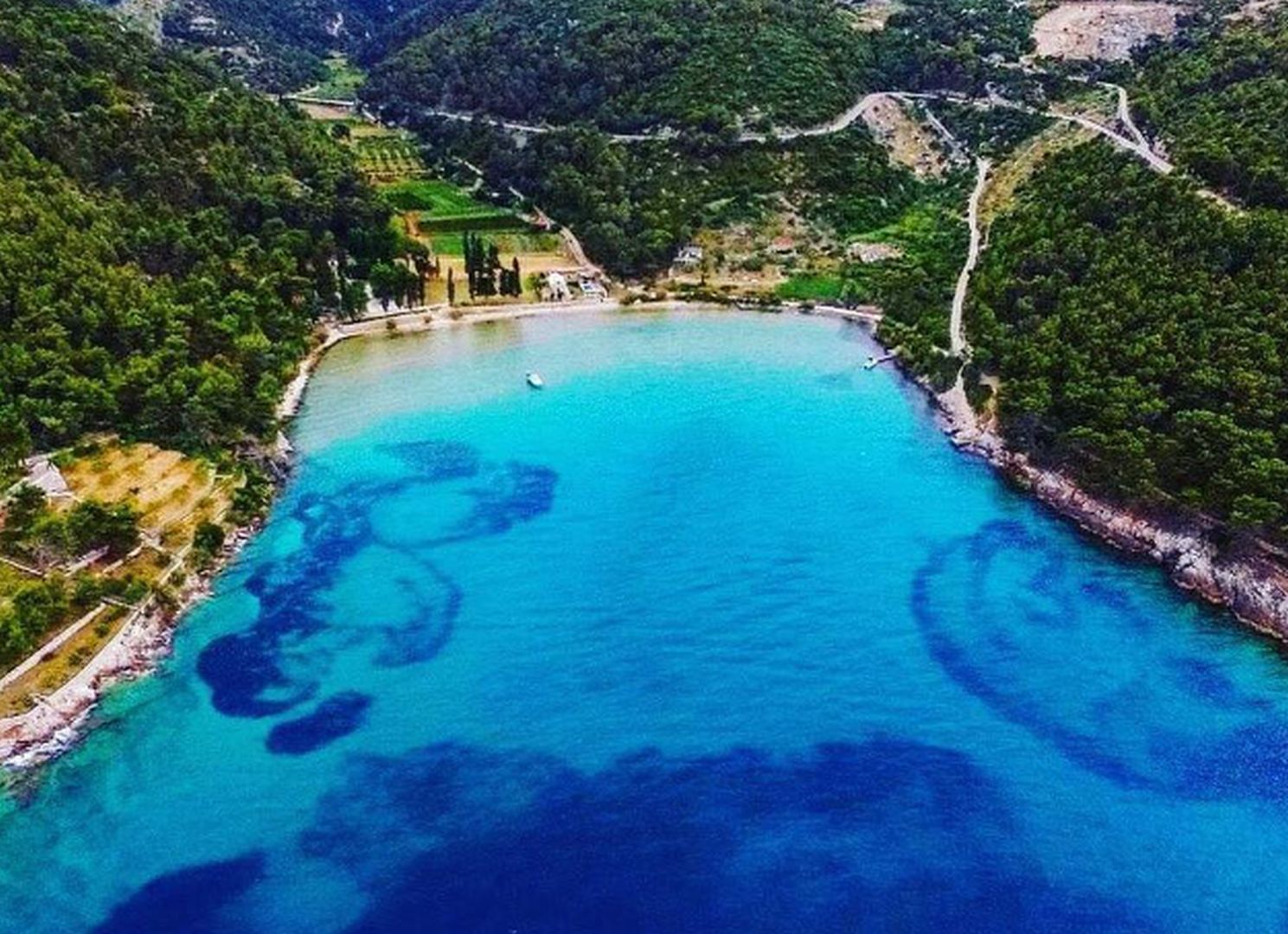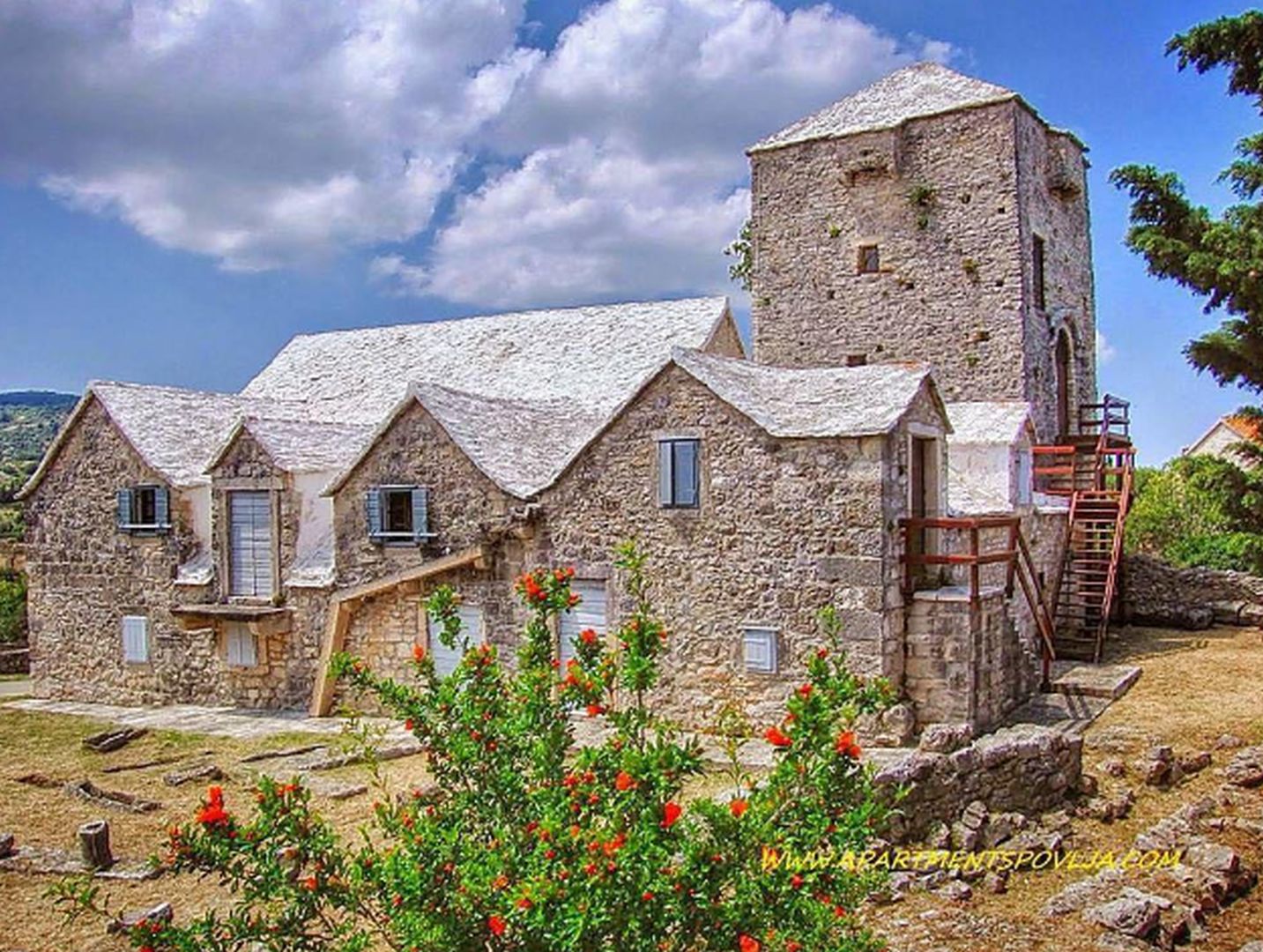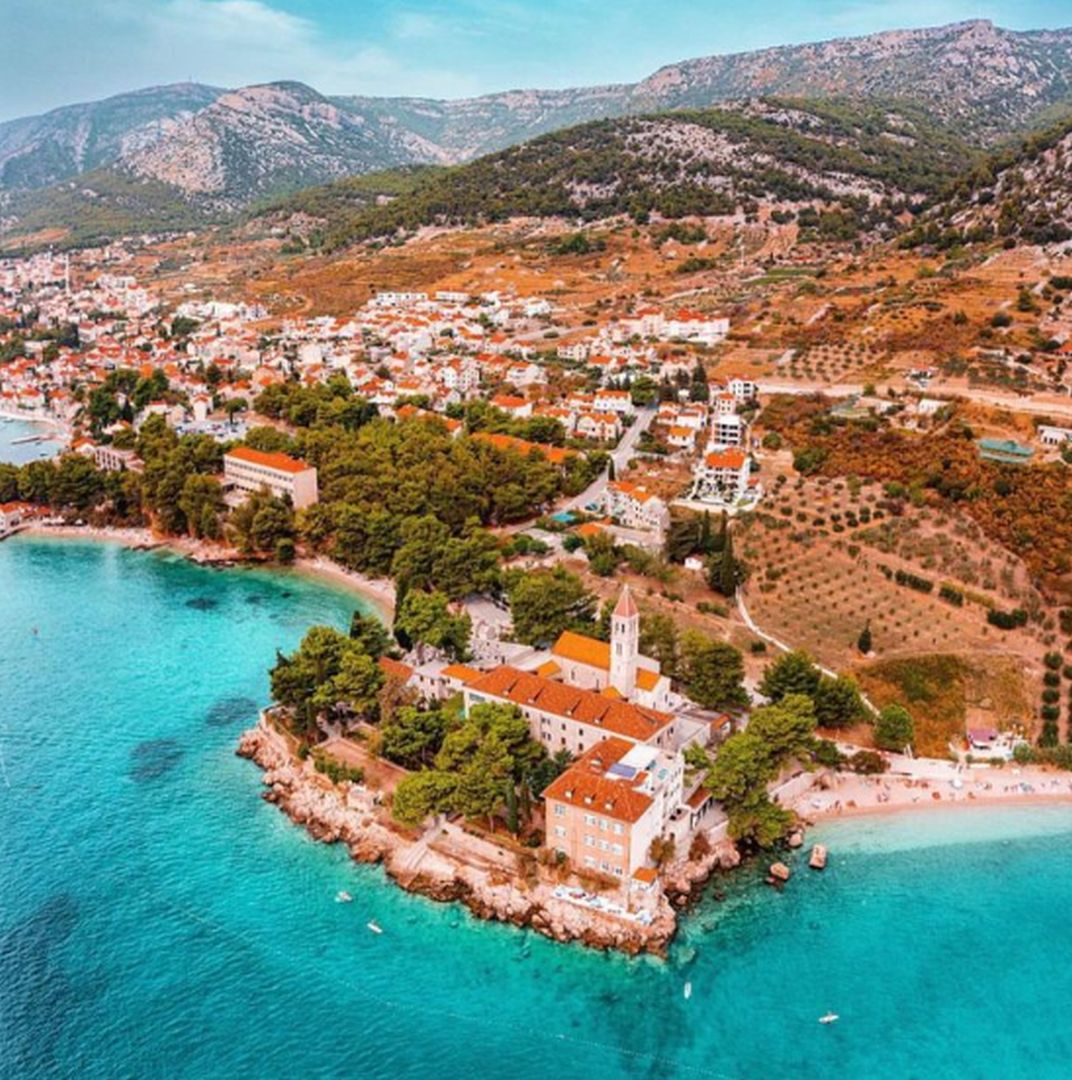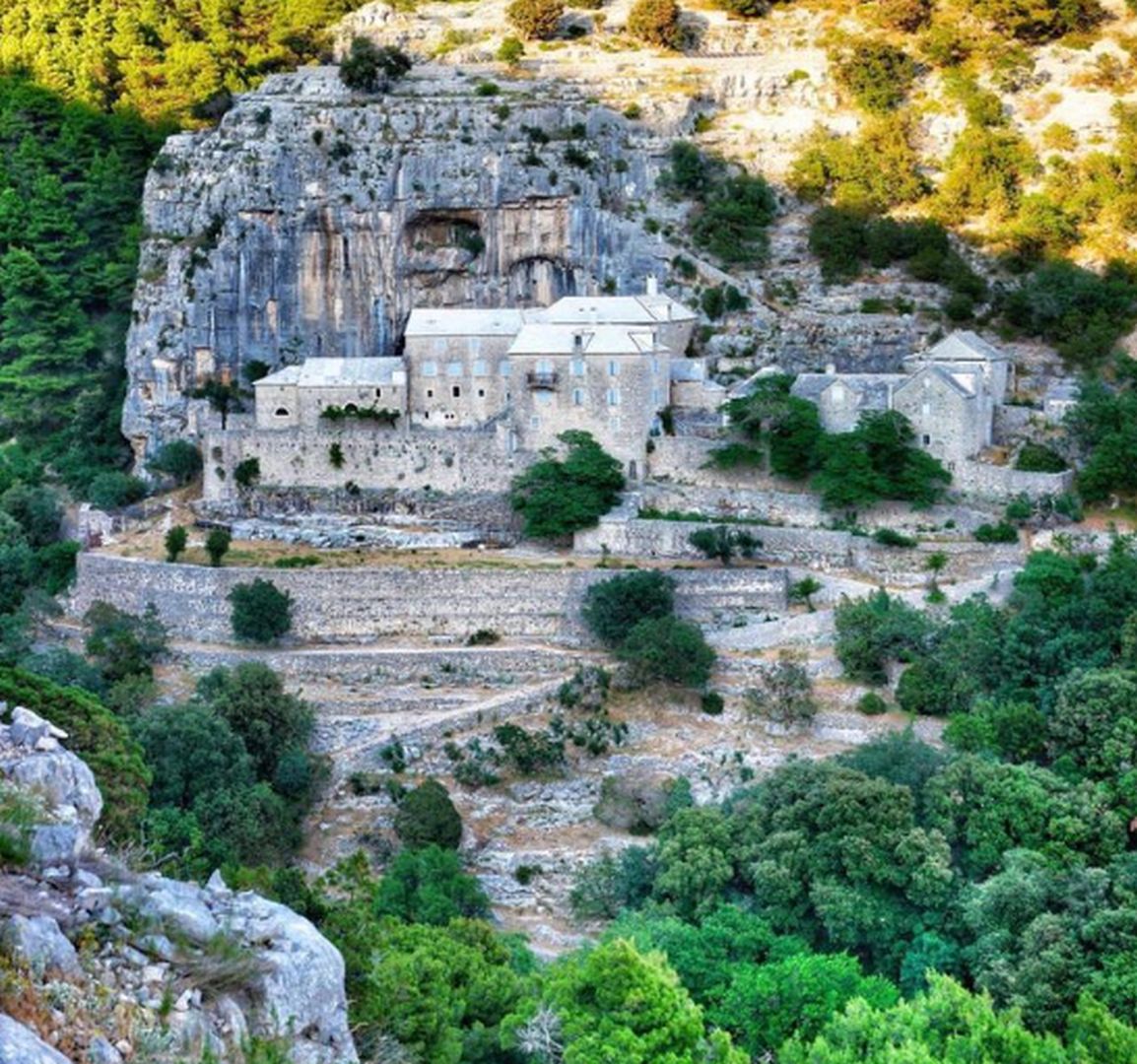History of the island of Brač
Table of Contents
History of the Island of Brač
The island of Brač is renowned for its beautiful beaches, clear seas, stunning nature, and delicious cuisine. However, what many may not know is that this island is a treasure trove filled with history just waiting to be uncovered and explored!
From Prehistory to Today
Brač has been inhabited since prehistory, with its forests, pastures, rich sea, and rocky terrain providing ample reasons for settlement. The Kopačina Cave is the most interesting prehistoric site on the island, where the oldest traces of prehistoric humans on the island have been discovered.
The island's name comes from the Illyrian word for deer, "brentos" (the Greeks called it Elaphos). The Illyrians settled the island during the Bronze and Iron Ages, leaving behind various historical fortifications. Brač has been highly valuable to all its inhabitants due to its white Brač stone, which was used in the construction of the White House in Washington and Diocletian's Palace in Split.
Throughout its history, Brač has been ruled by the Venetians, Hungary, and again the Venetians until 1797. After them, the island was ruled by the French and then Austria. During World War II, Brač was under Italian occupation, and after their surrender, it came under German control.
The people of Brač engaged in forestry, livestock farming, agriculture, fishing, trade, and stonemasonry.
Historical Must-Sees on the Island of Brač
Kopačina Cave, Donji Humac
Kopačina Cave is the oldest human settlement in Dalmatia and one of the oldest in the entire Adriatic island region. This valuable source of history is located near Donji Humac, a small village in the heart of Brač. The cave is divided into two chambers and is 12 meters long. It contains traces of prehistoric humans, including thousands of animal bones from that era and various stone artifacts. Human remains from the late Epipaleolithic and Mesolithic periods were also found.
To reach the cave, you can take a 20-minute walk on an unpaved road from the main road or drive a suitable vehicle on that terrain. There are no signposts on the unpaved road, so it's wise to go with a guide.
Basilica of St. Lawrence, Postira
Near the beautiful village of Postira, in Lovrečina Bay, you'll find the early Christian basilica of St. Lawrence. On the north side of the church, there's a baptismal well in the shape of a cross with a raised platform above the floor, and above it was a canopy supported by four columns with capitals and stone beams. This site is a unique example of a preserved baptismal well in Dalmatia and shows the level of development of the Roman economy at the time. Well-preserved walls around the church indicate that it was part of a larger complex, possibly a monastery.
Lovrečina Bay is not only a historical site but also a popular bathing spot among locals and tourists. You can reach the bay by car or by taking a nice old path from Postira.

Photo source: visitbrac.ig
Brač Museum, Škrip
Škrip, a small village in the center of the island, is its oldest settlement, founded by the inhabitants of Salona escaping from the Slavs and Avars in the 7th century. The name Škrip comes from the Latin word for large, sharp stones – "scropus". Škrip is also home to the Brač Museum, filled with rich historical artifacts. In the museum, you can see various remains of Roman, Late Antique, and Early Medieval architectural and sculptural monuments, including a statue of Hercules, findings in Mirje, and the Povaljski Prag relief. The museum also features a collection of photographs, weapons, and documents related to the anti-fascist movement on the island during World War II, housed in the Radojković Tower built in the 16th century during the Venetian-Turkish wars.

Photo source: visitbrac.ig
You can reach the museum by car as it is located in the center of Škrip. Contact the Brač Culture Center before your visit.
Blaca Hermitage, Nerežišća
The Blaca Hermitage is located between Bol and Milna on the southern side of Brač. It was founded in the 16th century by Glagolitic priests from Poljica, who were fleeing from the Ottoman army's attempts to conquer a larger part of the Dalmatian coast. They sought refuge in a cave with stone walls. Initially, they worked the land and, over time, obtained permission to build a monastery and church. In 1588., a church was built, followed by the monastery and multistory buildings. The priests engaged in agriculture, printing books, and astronomy. The hermitage also housed a well-known observatory.
To visit the Blaca Hermitage, you can take either a land or water route. By land, you can park your car and then hike 2 kilometers. By sea, you can anchor your boat in the nearby bay and hike for 35-40 minutes. It's best to go in the early hours due to the sun. Before your visit, contact the Brač Culture Center.
Dragon's Cave, Nerežišća
Above the beautiful eco-ethno village of Murvica lies the Dragon's Cave in an untouched Mediterranean environment. It's worth your attention because of its size, surroundings, and unique beauty. It is named after the dragon carved into the rock. The cave is located at an altitude of 307 meters above sea level, about 1 km west of the island's highest peak, under Vidova Gora. The cave is a monument to the hermitic life of Glagolitic priests in the 15th century. For centuries, it served as a home and refuge for the priests who fled to the cave to avoid the Turkish invasion. Ancient Slavic myths about werewolves, fairies, seas, witches, and Bosnian regions are still present in this cave, reflecting the reconciliation of pagan beliefs with Christian worldviews.
You can reach the Dragon's Cave with a 30-40 minute hike from Murvica. It's best to go in the early hours due to the sun. Hiring a guide is recommended for the best experience – on this link you can find the best guides!

Photo source: visitbrac.ig
Dominican Monastery, Bol
The Church of St. Mary of Mercy in Bol was founded in the early 15th century on the Glavica Peninsula. The church's north side features a two-story monastery building and a courtyard. The rich museum of this Dominican monastery was established to mark the 500th anniversary of the monastery, and after extensive renovation, it reopened in 2021 on the occasion of the 800th anniversary of the arrival of Dominicans from Croatia to these areas. The museum's collections include valuable artwork and archaeological artifacts, silver liturgical vessels from the 16th to the 19th centuries, liturgical books, vestments, numerous manuscripts, documents, legal codes, and valuable books, including Glagolitic ones. The exhibitions cover the period from the 18th century to antiquity.
You can reach the monastery on foot from the center of Bol and enjoy a beautiful beach located right next to it, so don't forget your swimsuits!

Photo source: visitbrac.ig
With these landmarks, we believe that at every step, you'll taste a part of Brač's history in its streets, churches, and people. Let this island immerse you in the deep threads of its history, and you can truly savor the charms of Brač!

